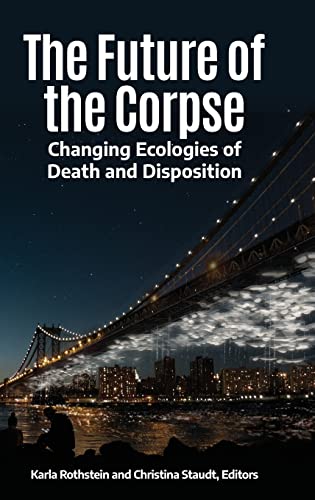
The Future of the Corpse: Changing Ecologies of Death and Disposition PDF
288 Pages·2021·2.5268 MB·other
Most books are stored in the elastic cloud where traffic is expensive. For this reason, we have a limit on daily download.
Preview The Future of the Corpse: Changing Ecologies of Death and Disposition
Description:
This book reviews the spectrum of death, from when the living person turns to corpse until the person lives in the memory of mourners, and its impact on the ecology of the socio-cultural community and physical environment. This book demonstrates that American society today is in a pivotal period for re-imaging end-of-life care, funerary services, human disposition methods, memorializing, and mourning. The editors and contributors outline the past, present, and future of death care practices, pointing to promising new practices and innovative projects that show how we can better integrate the dying and dead with the living and create positive change that supports sustainable stewardship of our environment. Individual chapters describe prevailing practices and issues in different settings where people die and in postmortem rituals; disposition and current ecologically and, in urban areas, spatially unsustainable methods; law of human remains; customs and trends among key stakeholders, such as cemeteries and funeral directors; and relevant technological advances. The book culminates in a presentation of emerging sustainable disposition technologies and innovative designs for proposed public memorial projects that respond to shifting values, beliefs, and priorities among an increasingly diverse population. Demonstrates the centrality of death care--from the deathbed to rituals of commemoration and mourning--in our individual and communal life and cultures Reveals promising trends in human disposition, burial places, funerary officiant profession, technologies of memorialization, and grief therapy Addresses how COVID-19 has accelerated and highlighted the need to address our changing death-care landscape on every level Points to paradigm shifts in the U.S. population's value system and beliefs that will impact how we manage death care individually and communally Presents innovative design proposals showing how spaces of remembrance and ritual can be integrated with urban life
See more
The list of books you might like
Most books are stored in the elastic cloud where traffic is expensive. For this reason, we have a limit on daily download.
